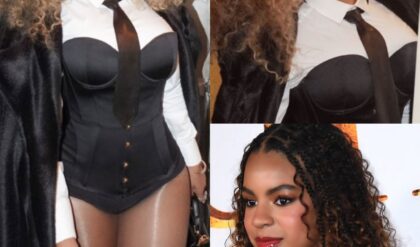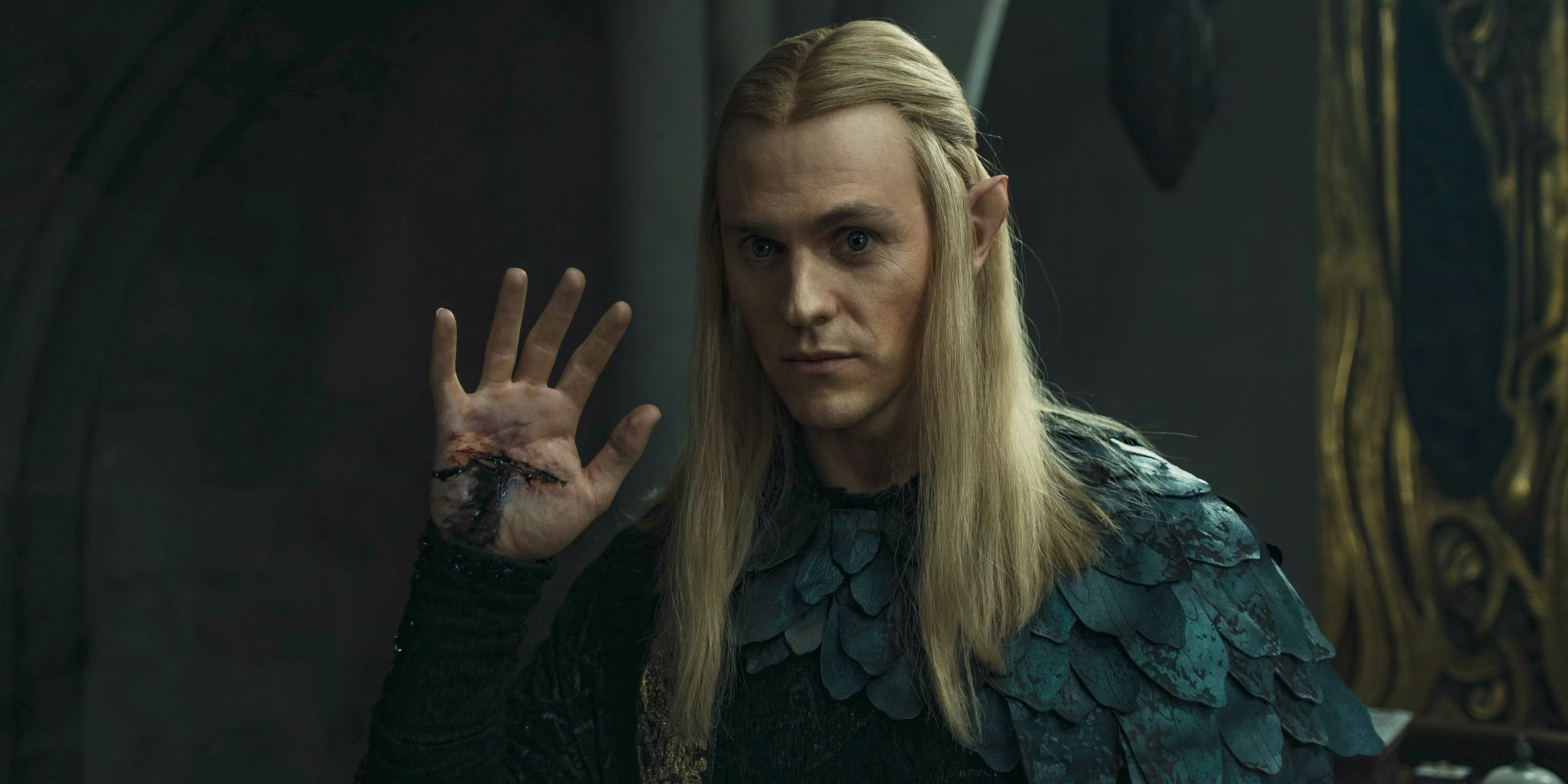
Sauron is an enigmatic character in J.R.R. Tolkien’s famous three-part novel, The Lord of the Rings, and the Peter Jackson movies that adapted it. Meanwhile, Amazon Prime Video’s The Lord of the Rings: The Rings of Power dives into Sauron’s nature, showing his perspective and explaining his character. Set in the Second Age of Middle-earth, The Rings of Power shows Sauron at the height of his powers, whereas he is somewhat reduced by the Third Age story of The Lord of the Rings. But neither the show nor the movies explain Sauron’s origins in depth – that is covered by deeper lore.
Although shrouded in mystery in high fantasy genius J.R.R. Tolkien’s The Lord of the Rings, Sauron was clarified in Tolkien’s The Silmarillion. Entrusted to his son to edit and publish, The Silmarillion was Tolkien’s guide to the history of Elves, Men, Dwarves, and the other magical beings in his masterwork. In The Silmarillion, Tolkien laid out a mythology for Middle-earth, and it was finally published four years after his passing, in 1977. It provides key background on Sauron, covering the whole Lord of the Rings timeline from the Timeless Halls to the Fourth Age.
Sauron Was Originally Mairon, One Of The Lord Of The Rings’ Maiar
Sauron Is An Ancient Maia
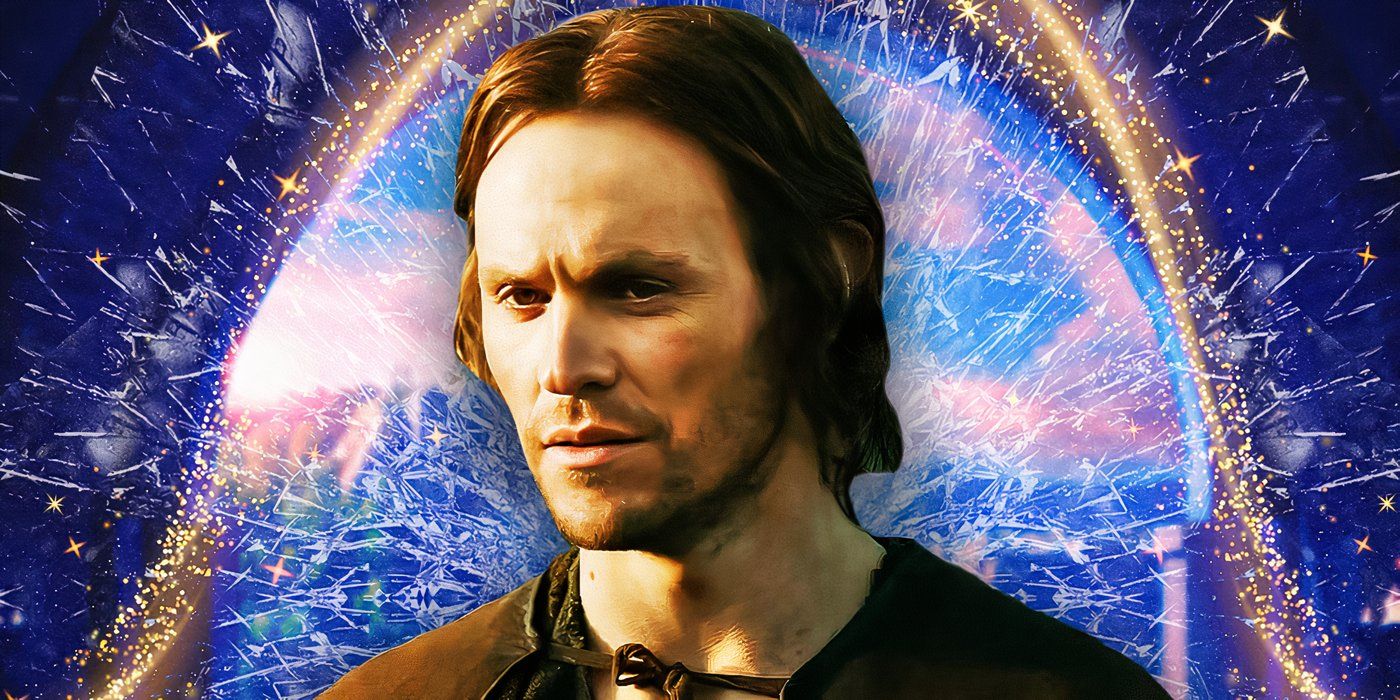
Remove Ads
Sauron is a Maia of the Ainur race and an Ainu of Maiar standing, to use both the singular and plural for reference purposes. The Ainur race were the first lifeforms that Middle-earth’s God, Eru Ilúvatar, created in the Timeless Halls before time began. The eight Aratar were the highest order of these spirit beings. The Aratar were also Valar, and they were followed in seniority by the other seven Valar, who were followed by the Maiar, of which there was presumably a great number. This can be inferred from the “Host of the Valar.”
This Ainur army of Middle-earth’s First Age was sent by the Valar to fight in the War of Wrath. The Valar had resisted sending it for fear that its extreme power would cause overwhelming destruction. They were right to fear, since its participation in the war sunk Beleriand, but at least it defeated Morgoth. “Sauron’s original name was Mairon,” according to a truly deep cut of Tolkien lore from the 17th issue of Parma Elderlamberon. Sanctioned by Christopher Tolkien, this journal publishes Tolkien’s linguistic texts, debuting some for the first time.
Sauron Became Evil Due To The Influence Of Morgoth
Sauron Was Drawn To Morgoth’s Efficiency
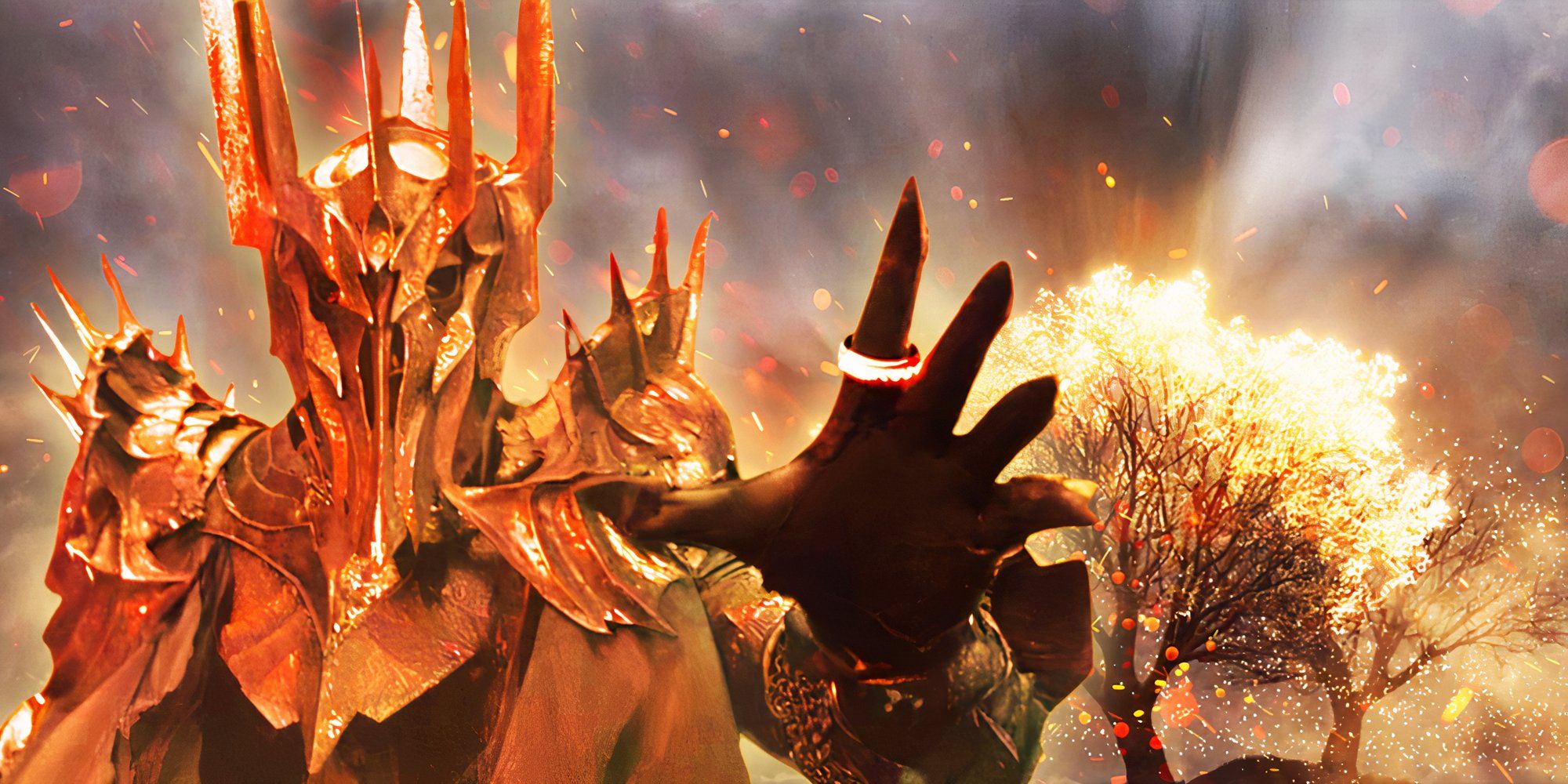
As Mairon, before his corruption, Sauron was a Maia of Aulë – an Arata and one of the three Valar most responsible for crafting Arda from scratch. Mairon must have spent lifetimes studying and working in Aulë’s service in the Timeless Halls, as he created a legacy that not even his evil could dislodge. Even after joining Morgoth, becoming Sauron “the abhorred” (Quenya), and committing countless crimes against Elves and Men, “he remained mighty in the lore of that people.” Like Nero or Caligula, Sauron was historically maligned but still studied and respected in certain regards by the Maiar.
The Ainur spoke Valarin, which was Sauron’s first and native language. Tolkien gave little detail on it. Mairon is a Quenya name derived from the adjective “maira,” meaning “admirable.” Since Quenya is an Elvish language, Mairon is a translation of Sauron’s real name, which is in Valarin and remains unknown.
Unfortunately for Sauron and the rest of Middle-earth, Morgoth (formerly Melkor) corrupted Mairon to his service. Mairon “loved order and coordination, and disliked all confusion and wasteful friction,” while “It was the apparent will and power of Melkor to effect his designs quickly and masterfully that had first attracted Sauron to him” (Morgoth’s Ring). Sauron “adored” Morgoth at first, but Morgoth was happy to destroy what Sauron would rule. Their differences would have become apparent reasonably soon, so it’s likely their allegiance wasn’t all smooth sailing.
What Sauron Is Actually Supposed To Look Like As A Maia
Maiar Don’t Need Bodies
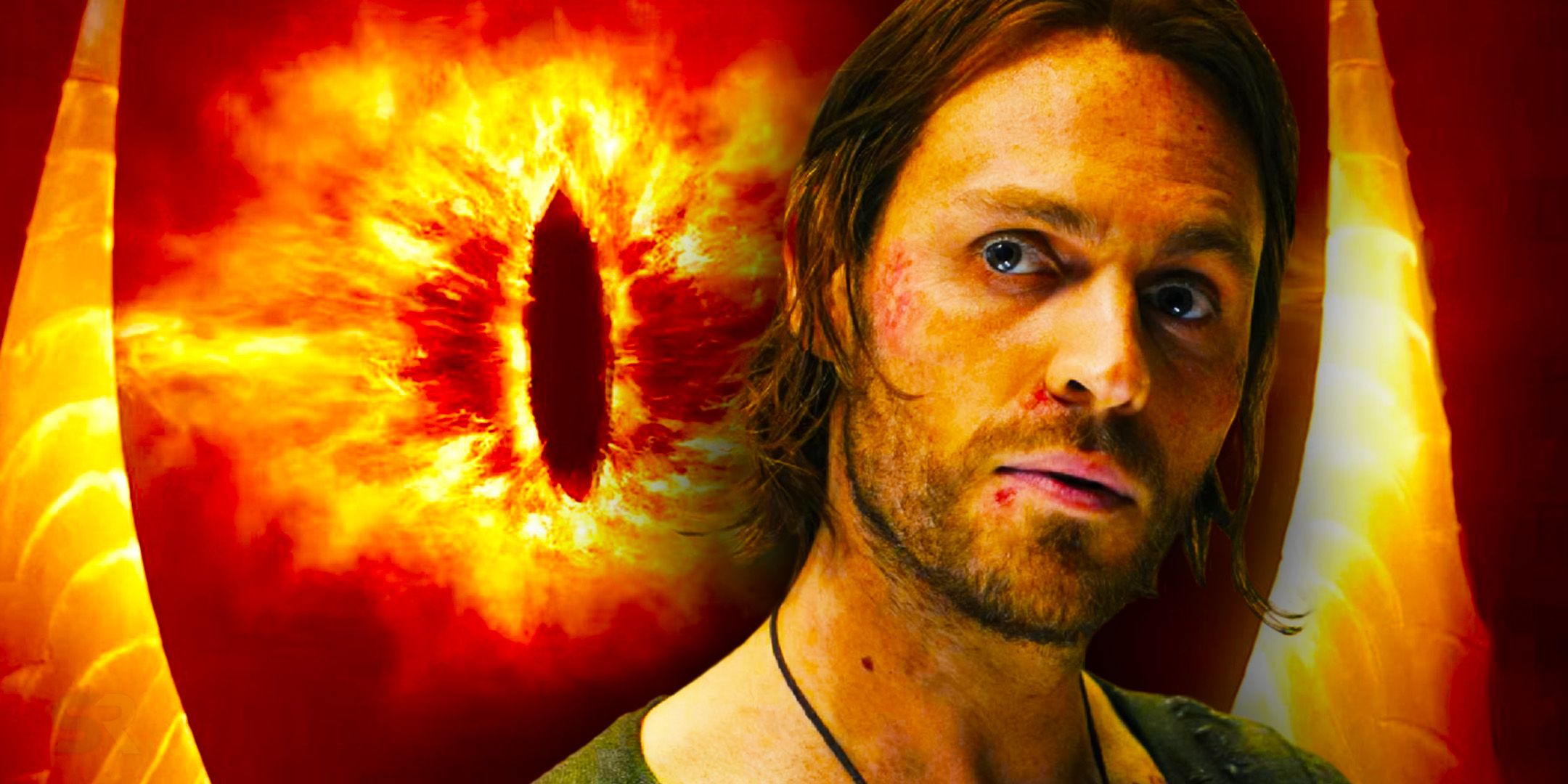
As spirit beings, Ainur like Sauron didn’t need bodies and could roam “unclad,” in the words of Tolkien. “Maiar were usually invisible unclad, but their presence was revealed by their fragrance,” which worsened when corrupted, according to Parma Eldalamberon 17. Ainur could choose their physical form, change it at will, and regenerate when killed in The Silmarillion. However, begetting or conceiving children would bind an Ainu to its form, as in the case of Melian the Maia. Advancing personal purpose or enjoying bodily faculties made it harder for Ainur to leave and control their forms (Ósanwe-kenta).
Sauron wasn’t resurrected in Tolkien’s Dagor Dagorath story – the final battle. Tolkien never finalized this story despite clearly intending to include it, referring to it all throughout his legendarium. As such, there remains the faintest possibility that Tolkien would have had Sauron return.
The Valar ate at High Asari and slept (Tulkas and Morgoth), the Maia Gandalf smoked, Morgoth sexually attacked a Maia called Arien and plotted to do the same to the Elf Lúthien, and Tolkien implied that Tulkas and Nessa consummated their marriage. Early versions of the Valar had children, whereas later, Morgoth and his followers were infertile (Morgoth’s Ring). Intriguing variables aside, Morgoth and Sauron’s cruelty eventually bound them to dark forms they could not shift or use to deceive others. Sauron’s last body was destroyed along with the One Ring, and he couldn’t reform a body again.
How Strong Sauron Is Compared To The Other Maiar & Wizards
Sauron Was One Of The Strongest Maiar
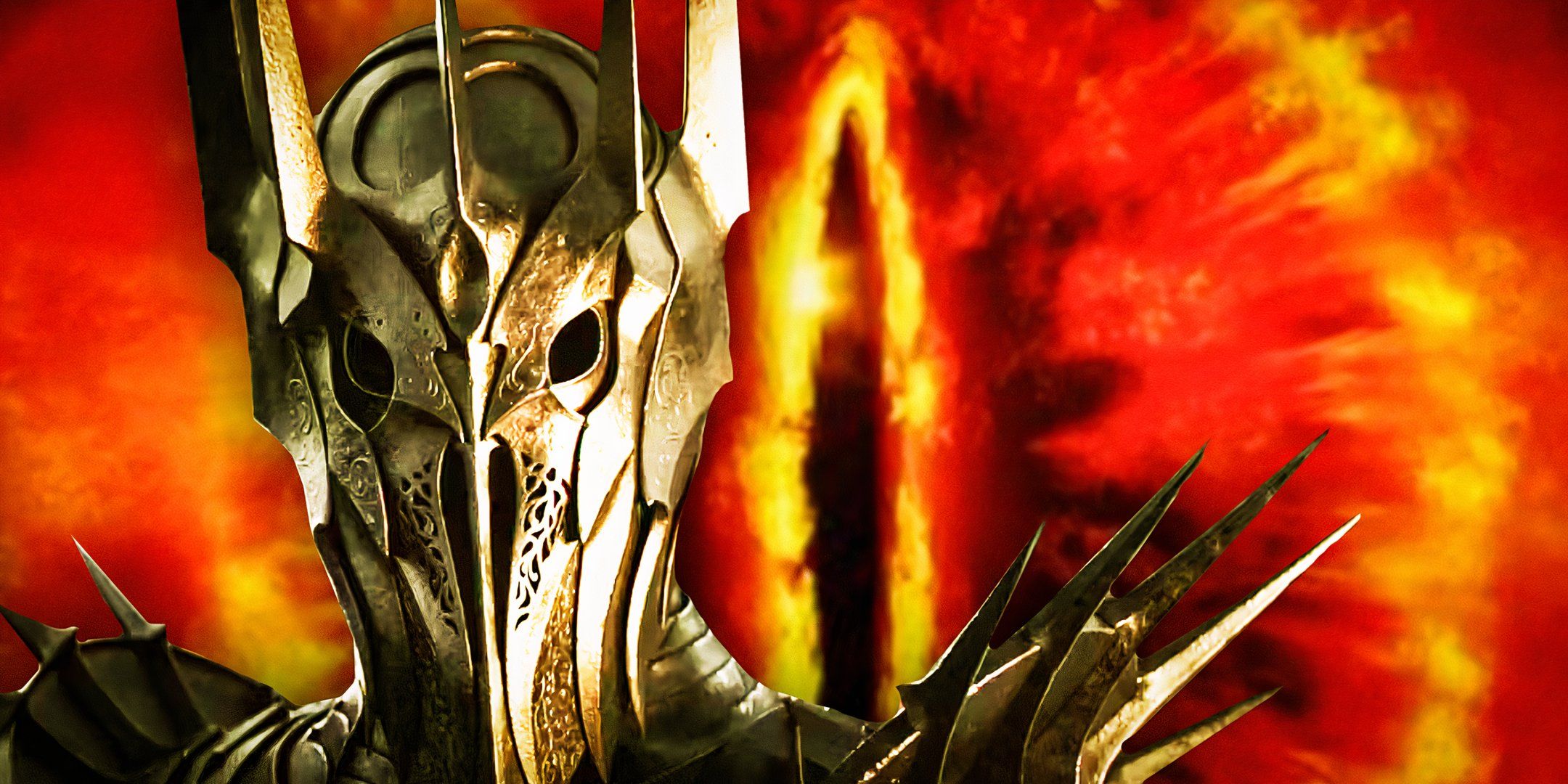
The Valar were greater than Sauron, but Sauron was one of the greatest Maiar in Middle-earth by the Third Age. In fact, “Sauron was ‘greater’, effectively, in the Second Age than Morgoth at the end of the First,” according to one of Tolkien’s letters. While Morgoth had been depleted, the Maia Eönwë, “whose might in arms is surpassed by none in Arda,” could still have taken Sauron. Eönwë was the herald of the King of the Valar, Manwë. But despite calling on Eru’s help in Númenor, the Valar and their closest servants had heavily withdrawn after the First Age.
Sauron was schooled in one of the three mightiest houses of the Valar – coincidentally, the same house that gave the world Saruman. Aulë always did have a rebellious streak.
With Eönwë and the Valar in Aman, the Maiar who could contest Sauron in the Third Age were the five Wizards – Gandalf, Saruman, Radagast, and the Blue Wizards. With Saruman under Sauron’s sway, Radagast no match for Sauron, and the Blue Wizards succumbing to some unknown fate, only Gandalf was a contender. Tolkien said in a letter that “only Gandalf might be expected to master [Sauron]” if he took the ring but “confrontation of Sauron alone, unaided, self-to-self was not contemplated” in The Lord of the Rings. As Aulë’s apprentice, Sauron learned from the best.





